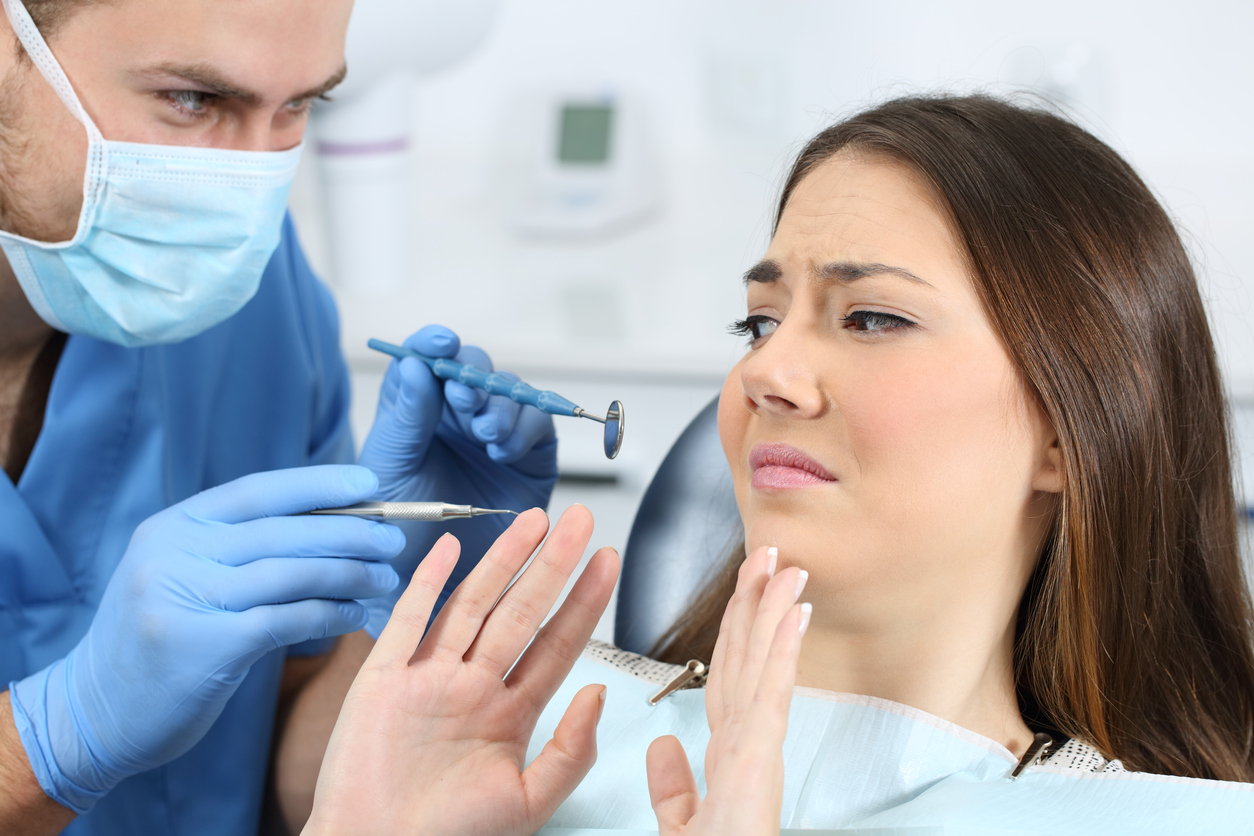Does Cleaning Teeth Hurt

The sensation of cleaning teeth can vary greatly from person to person, largely depending on the individual’s oral health, the method of cleaning, and the tools used. For many, a professional dental cleaning, also known as a prophylaxis, is a relatively comfortable procedure that might cause some mild discomfort but not outright pain. However, for others, especially those with sensitive teeth or gums, the experience might be more unpleasant.
Factors Influencing Discomfort
Several factors can influence whether a teeth cleaning procedure might hurt:
Oral Health Condition: Individuals with good oral health, who regularly brush and floss their teeth, are less likely to experience discomfort during a cleaning. Conversely, those with poor oral hygiene might have more plaque and tartar buildup, which can make the cleaning process more challenging and potentially painful.
Gum Sensitivity: People with sensitive gums or those suffering from gingivitis might find the procedure more uncomfortable due to the pressure and manipulation of the gums required to remove plaque and tartar.
Dental Work or Conditions: The presence of dental work such as fillings, crowns, or implants can sometimes make certain areas of the mouth more sensitive. Conditions like tooth decay, cracked teeth, or exposed roots can also increase sensitivity and potentially cause pain during cleaning.
Anxiety or Fear: Dental anxiety or fear can significantly amplify the perception of pain or discomfort. Fear of the unknown, fear of pain, or past traumatic experiences can make the anticipation of a dental cleaning more stressful than the procedure itself.
Technique and Tools: The skill and gentleness of the dental professional, as well as the tools and technologies used, can significantly impact the comfort level of the procedure. Modern dentistry offers a variety of tools and techniques designed to minimize discomfort, such as ultrasonic devices for efficient plaque removal and topical anesthetics for numbing sensitive areas.
The Cleaning Process
A standard dental cleaning involves several steps, each designed to remove plaque, tartar, and stains from the teeth, both above and below the gum line. The process typically includes:
- Visual Examination: Before the cleaning, the dentist or hygienist will examine your mouth to look for any signs of oral disease or other issues that might need special attention during the cleaning.
- Removal of Plaque and Tartar: Using an ultrasonic device, the hygienist will remove plaque and tartar from the teeth, both above and below the gum line. This might cause some vibrations or a mild scratching sensation but is generally not painful for those with healthy gums.
- Polishing: After the removal of plaque and tartar, the teeth are polished to remove any remaining stains and smooth the surfaces of the teeth, making it more difficult for plaque to accumulate.
- Fluoride Treatment: Finally, a fluoride treatment may be applied to help prevent decay and strengthen the teeth.
Minimizing Discomfort
To minimize discomfort during a dental cleaning:
- Regular Cleanings: Regular dental cleanings can prevent the buildup of plaque and tartar, making each cleaning less invasive.
- Good Oral Hygiene: Practice good oral hygiene by brushing your teeth at least twice a day and flossing once a day to minimize plaque and tartar buildup.
- Open Communication: Inform your dentist or hygienist about any sensitivity or discomfort you are experiencing during the procedure. They can adjust their technique or use local anesthetics to numb the area.
- Relaxation Techniques: Utilize relaxation techniques such as deep breathing, meditation, or listening to music during the procedure to help manage anxiety.
In conclusion, while dental cleaning might not be entirely pain-free for everyone, especially those with certain conditions or sensitivities, it is generally a manageable procedure. With proper care and open communication with your dental professional, the experience can be made as comfortable as possible. Regular dental cleanings are a crucial part of maintaining good oral health, preventing more serious and potentially painful problems from developing.
How often should I get my teeth professionally cleaned?
+The frequency of dental cleanings depends on your oral health status. Generally, the American Dental Association recommends that adults have a professional dental cleaning at least twice a year. However, individuals with a history of oral health issues may need more frequent cleanings.
What can I do to reduce anxiety before a dental cleaning?
+To reduce anxiety, consider discussing your fears with your dentist, practicing relaxation techniques such as deep breathing, and listening to calming music during the procedure. Your dentist may also offer sedation dentistry options for more severe anxiety.
Can dental cleanings prevent all oral health issues?
+While regular dental cleanings are crucial for maintaining oral health and preventing many issues such as gingivitis and plaque buildup, they cannot prevent all oral health problems. Factors such as genetics, diet, and accidental injuries can still lead to oral health issues. However, regular cleanings combined with good oral hygiene practices can significantly reduce the risk of most problems.
